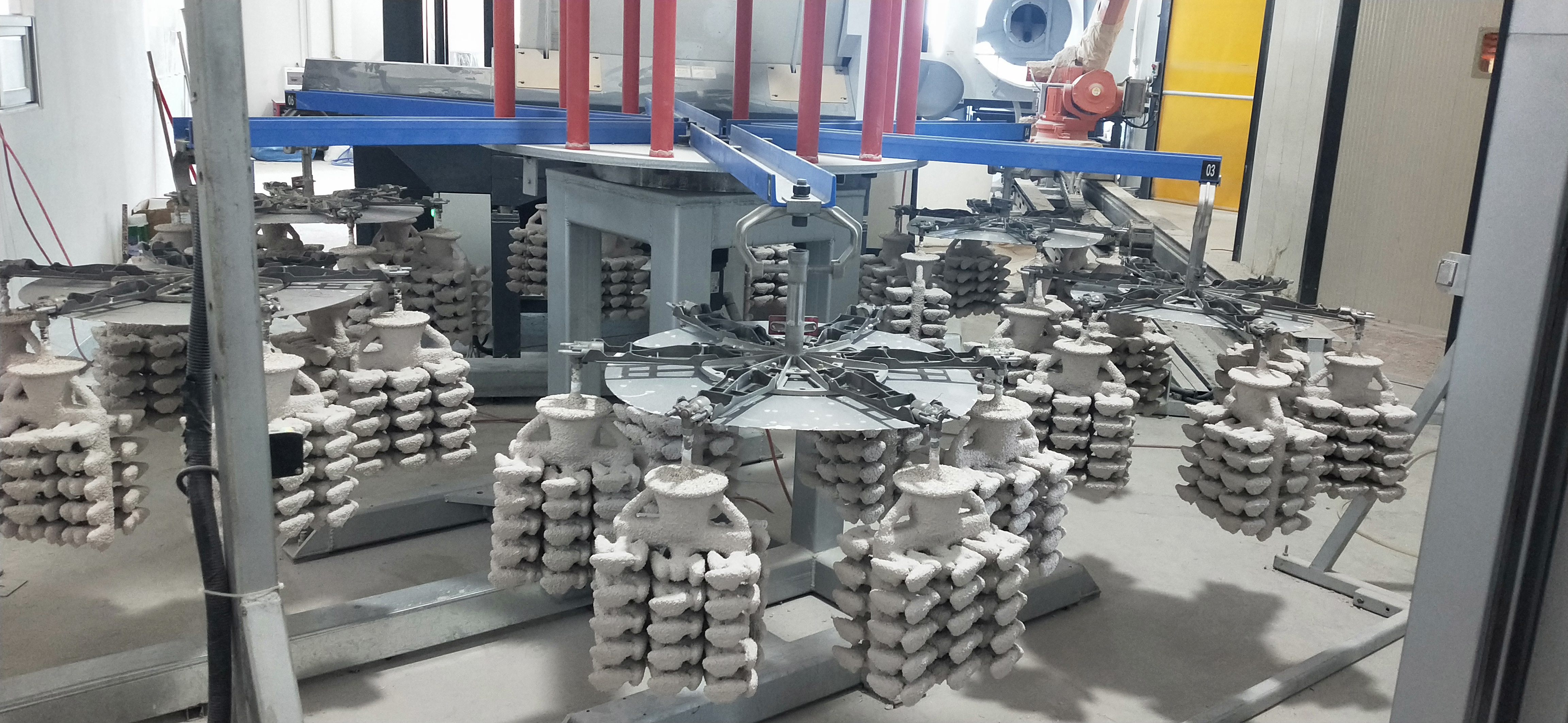1. reduce brittleness, eliminate or reduce internal stress. steel parts have a large internal stress and brittleness after quenching. if they are not tempered in time, they will often deform or even crack.
2. obtain the required mechanical properties of the workpiece. after quenching, the workpiece has high hardness and high brittleness. in order to meet the different performance requirements of various workpieces, the hardness can be adjusted through appropriate tempering to reduce the brittleness and obtain the required toughness. plasticity.
3. stable workpiece size
4. for some alloy steels that are difficult to soften by annealing, high-temperature tempering is often used after quenching (or normalizing) to properly aggregate carbides in the steel and reduce the hardness to facilitate cutting.

